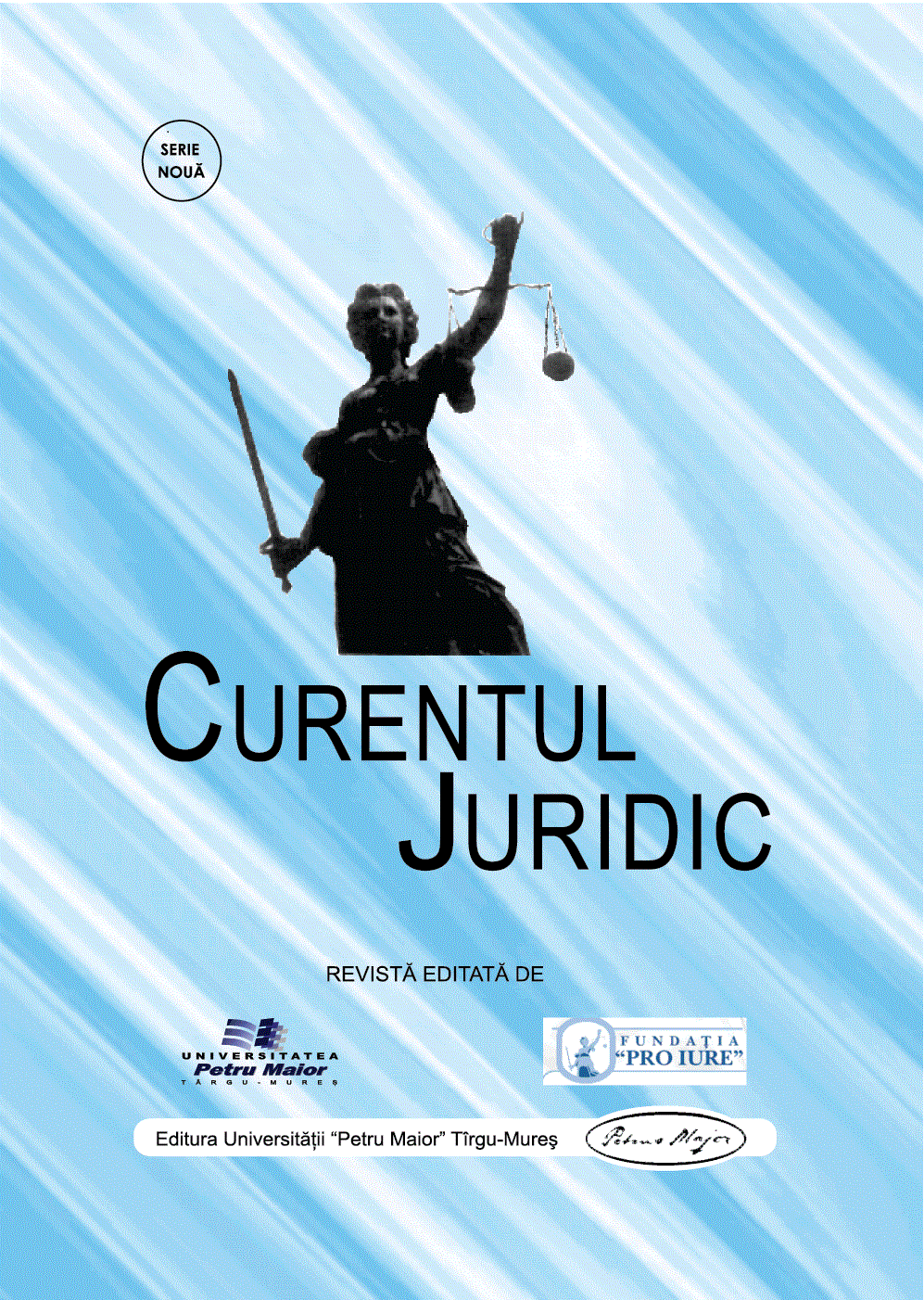CHALLENGE OF MIGRATIONS– THE CASE OF SERBIA
CHALLENGE OF MIGRATIONS– THE CASE OF SERBIA
Author(s): Nataša M. Tomić-PetrovićSubject(s): Law, Constitution, Jurisprudence, International Law
Published by: Editura Universităţii Petru Maior
Keywords: Migration; refugees;Serbia; legal norms; strategy
Summary/Abstract: Spring wave of refugees threatens Europe this year 2016. The paper highlights the problems caused by the influx of refugeesin the Republic of Serbia, as well as legal norms in force.In Serbia, the refugees are treated more fairly than in many European countries. Our country is faced with all types of migration. This imposes a number of different yet clearly related challenges for modern migration management. On the territory of the Republic of Serbia there are 82 opened border crossings, of which 50 road, 14 railway, 4 airport, 12 river and 2 ferry. Back in December 2008, the Government of the Republic of Serbia has decided to establish the Center for asylum, which operates within the Commissariat for Refugees. To meet these challenges caused primarily due to a sudden increase in the number of asylum seekers in the Republic of Serbia in 2010, 2011 and 2012, particularly after the intensification of the armed conflict in Syria, the government has opened a new center for asylum in Bogovadja. The situation with migrants is more serious in Serbia and now the checking of all migrants who pass through our country is reinforced. According to the Government’s Decision on the issuing the certificate of entry on the territory of the Republic of Serbia for migrants coming from countries where their lives are in danger (2015), this certificate serves migrants to stay in the Republic of Serbia for a period of 72 hours of its issuance. With this certificate migrants may use the services of banks, stay in establishments providing accommodation and receive the necessary medical help. Holders of these certificates do not acquire the status of asylum seekers in terms of rules for asylum in the Republic of Serbia. In Serbia there is a clear policy of migration management which is carried on through different national strategies and strategic documents for accession to the EU, though migration represent a global phenomenon whose impact and consequences transcend national boundaries. One of the foreign policy priorities of the Republic of Serbia is to be placed on the so-called “white Schengen list”, what necessarily imposes the need of prevention of illegal migration, especially from our country or from other countries through the territory of the Republic of Serbia, toward other EU countries, candidate countries for EU membership, but also to other countries in general.
Journal: Curentul Juridic
- Issue Year: 68/2017
- Issue No: 1
- Page Range: 32-41
- Page Count: 10
- Language: English

